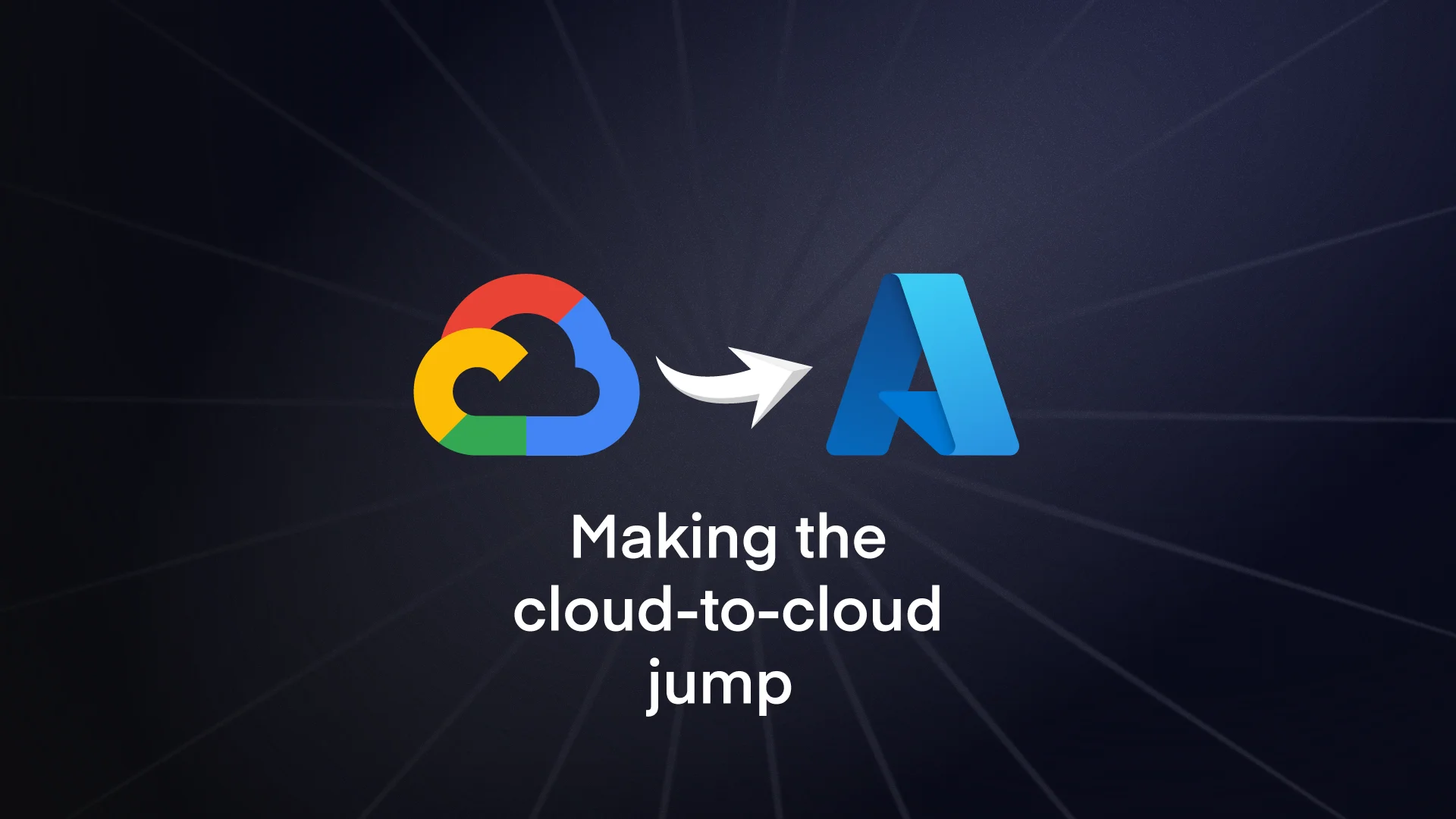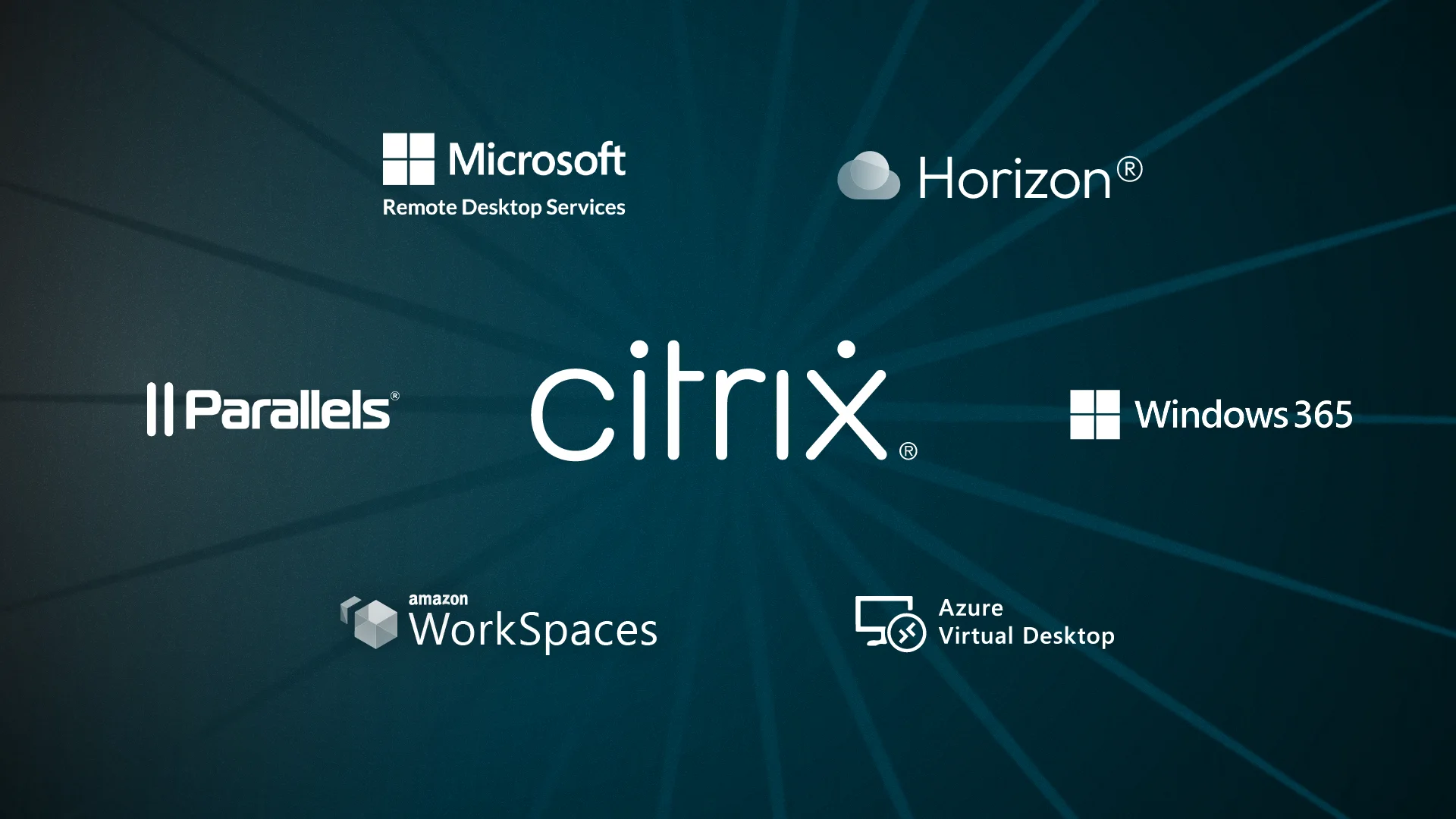Cost and licensing
Citrix is now firmly steering customers towards subscription-based licensing through Citrix Cloud. While this shift has simplified things in some areas, it’s also changed how costs stack up. The traditional per-user, per-device, or concurrent models still exist, but the focus is now on cloud subscriptions that bundle features together. It’s tidier overall, but once you start adding extras like analytics and performance management, costs can climb quickly. Many organisations still find themselves needing Premium-level subscriptions for enterprise functionality, which can increase total costs considerably.
VMware Horizon follows a more straightforward per-user or per-device model, though recent changes under Omnissa ownership have maintained similar structures. The initial investment includes not just Horizon licenses but potentially vSphere, vCenter, and other infrastructure components if you’re building from scratch. While simpler than Citrix’s model, the total cost of ownership can still be substantial, particularly after those controversial price increases following the Broadcom acquisition.
Performance and user experience
Citrix HDX protocol is widely regarded as the gold standard for remote display protocols. It excels in challenging network conditions, with adaptive technologies that maintain usability even over high-latency, low-bandwidth connections. The protocol includes specific optimisations for Microsoft Teams, multimedia redirection, and browser content redirection. Graphics acceleration through GPU pass-through and vGPU support ensures even demanding applications run smoothly.
VMware Horizon’s Blast Extreme protocol has caught up considerably in recent years. It delivers really strong performance, particularly in LAN environments and when bandwidth isn’t constrained. The protocol adapts well to varying conditions and includes its own Teams optimisation. Where Horizon sometimes lags is under poor network conditions (this is where HDX’s maturity might give it the edge). That said, for most enterprise scenarios, users would be hard-pressed to notice significant differences.
Security features
Citrix has a comprehensive security range with multiple layers. Citrix ADC acts as a secure gateway, giving you SSL VPN functionality and stopping your infrastructure being directly exposed. The platform includes strong policy controls, watermarking capabilities, screen recording restrictions, and session recording for compliance. Integration with Citrix Analytics for Security adds behavioural analytics and threat detection. SmartAccess provides contextual access control based on device, location, and other factors.
VMware Horizon also has strong security features including multi-factor authentication, smart card support, and USB redirection policies. Integration with NSX lets you enable micro-segmentation at the network level, while Workspace ONE UEM integration provides device trust and conditional access. True SSO eliminates password exposure to virtual desktops. The platform benefits from VMware’s broader security portfolio, including Carbon Black for endpoint protection, though these do need additional licensing.
Scalability and architecture
Citrix architecture is designed for massive scale, with documented deployments supporting hundreds of thousands of users. The multi-site architecture through Citrix Cloud or Global Server Load Balancing makes it particularly suitable for global deployments. Zone architecture allows for distributed management while maintaining central control. The platform’s ability to scale both horizontally and vertically, combined with sophisticated load balancing through Citrix ADC, ensures consistent performance at scale.
VMware Horizon scales well for most enterprise needs, with pod architectures supporting up to 250,000 users per pod through Cloud Pod Architecture. The platform handles growth predictably, though scaling needs careful planning around infrastructure capacity. Instant clones dramatically reduce storage requirements and provisioning time for non-persistent desktops. While it might not match Citrix’s extreme scale, Horizon comfortably handles the vast majority of enterprise requirements.
Management and complexity
Citrix management involves multiple components: Studio for configuration, Director for monitoring, and potentially Cloud services for modern management. While it is powerful, the learning curve is steep. It has extensive PowerShell support for automation and detailed policies for granular control. Citrix’s approach provides incredible flexibility but needs serious expertise to make use of fully. Many companies find they need dedicated Citrix specialists to manage the environment effectively.
VMware Horizon consolidates all its management through Horizon Console, with additional capabilities in vCenter for infrastructure management. The interface is comprehensive but can be overwhelming for newbies. While it’s somewhat simpler than Citrix’s multi-component approach, it still takes a fair bit of expertise. Integration with vRealize Operations provides advanced monitoring and analytics, though this adds another layer of complexity and cost.
Application delivery
Citrix does really well in the flexibility of its application delivery. Published applications can be delivered simply to any device without full desktop overhead. App Layering allows for modular app management, while application isolation prevents conflicts. The platform’s ability to deliver applications into existing desktops (whether physical or virtual) is a strong point. Global App Configuration Service simplifies application settings management across environments.
VMware Horizon supports published applications through Horizon Apps, though it’s generally considered less flexible than Citrix’s approach. App Volumes gives you application layering capabilities similar to Citrix, allowing for dynamic application delivery. The platform works best for full desktop delivery, with application publishing feeling somewhat like an add-on rather than a core strength. Instant clones work brilliantly for non-persistent desktops but don’t address the application management challenge as elegantly as Citrix.




